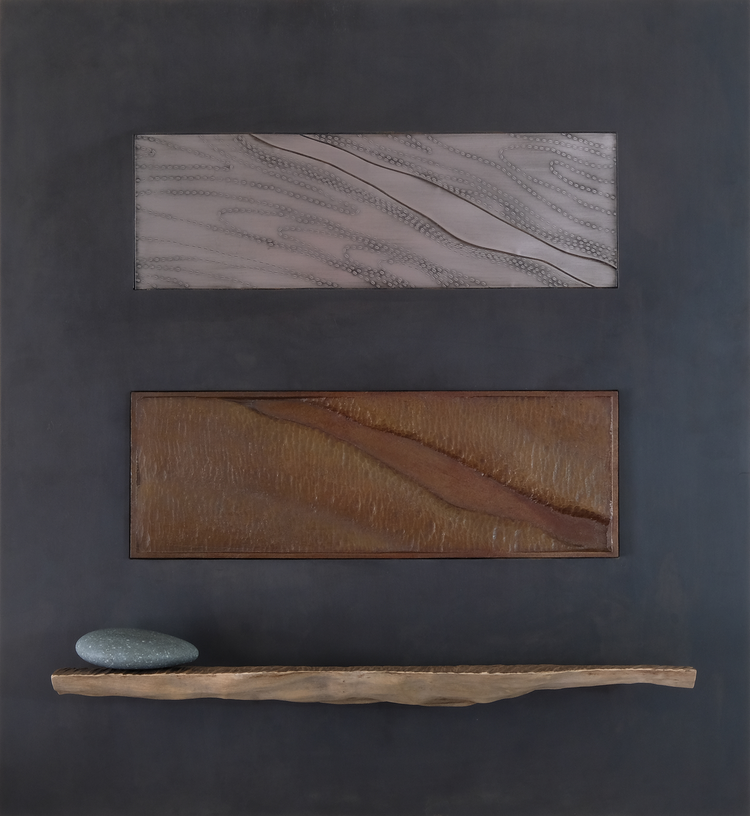I went to school to learn design and then apprenticed as a pattern maker which is how I learned woodworking. I knew more than just a bit of basic wood working before my apprenticeship but as a patternmaker I learned a different way of working and thinking. I mention all this because a lot of how I am making this is using what I learned as a patternmaker, down to the tool of choice for carving.
The basic dimensions of this carved table leg are 30" x 28" x 4" and I suppose many would glue up a big chunk that size, draw a few lines and start carving. This leg is a simple form where the profile of the top is a stylized boat shape, mostly parallel and pointed at the ends. At the bottom the leg is 2" thick and is a simple wave shaped line, and the form is just a series of straight lines connecting those two shapes, (for reference see the photo of the model a few posts down).
The way I approached this is very similar to how a patternmaker would make a pattern for a boat propeller. I cut out a bunch of 2" x 4" x 28" pieces but before gluing them up I clamped all the pieces together and drew the profile on the top and on the bottom then I unclamped them and used a straight edge to connect those lines on the face of each board, front and back. Because the angle between the lines on the front and back changes over the entire 28" I could only cut to the line that allowed the one on the other side to remain and cut it at 90 *. But before cutting I clamped each board with its neighbor and drilled two holes for locating dowels. This was a very important step as once each board was cut on both long edges there would be no reference for orienting the boards during glue up.
I'm sure this all sounds nearly overwhelming and a complicated mess, but it goes fast and the time spent is several times less than the amount of time that is saved in carving. plus each line I cut becomes a guide line for carving because it is a straight line between the top profile and the bottom profile. So all I need to do is carve between the lines keeping in mind if I am carving to a concave or convex surface










